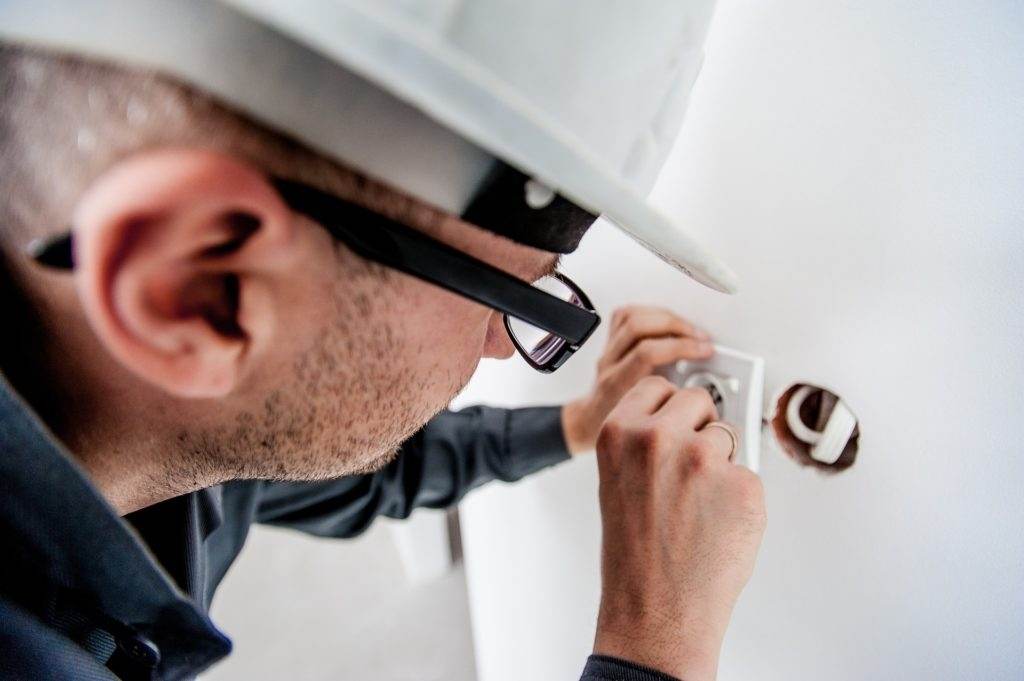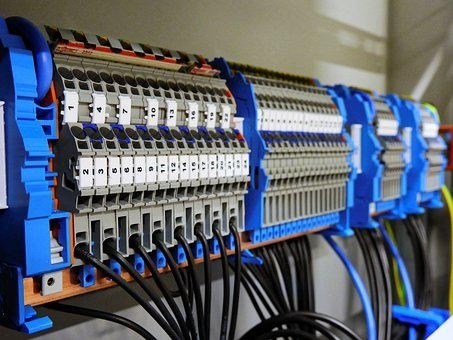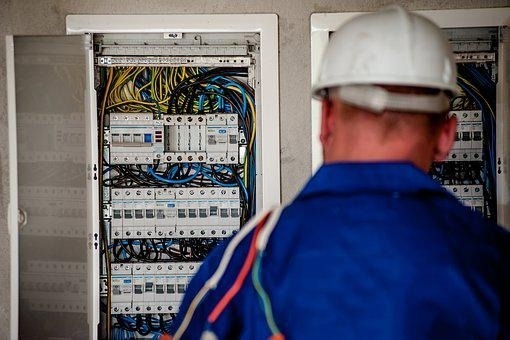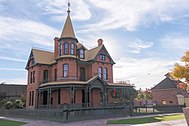Electrician in Skull Valley
Electrician Skull Valley
To obtain this license, an electrician needs to be licensed in order to do work in the field. A qualified electrician should have the ability to work on heating and cooling systems, as well as swimming pools. This license is for a specialist license. To apply, you must hold a master electrician’s license. If you have proof of your general liability insurance and have completed a state-approved program, you can apply for this license. You can also work as an electrician with a limited license, but you must be supervised. This license is only for those who have completed an apprenticeship. You will also need to show proof that you are covered by general liability insurance.

Electricians Skull Valley
There is a big difference between an electrician or an electrical wiring contractor. The work of electrical wiring is a type construction. Therefore, an electrician must be licensed and certified. These are the people who do the actual work. Although their job duties are different, each has the same set qualifications. Learn more to determine which one is best for you.
Electrician in Skull Valley
A scheduled inspection of your wiring, electrical systems and equipment should be considered. Although you don't want to have to worry too much about your electric system, it is important to schedule regular inspections to identify any potential problems early on. A competent electrician will know how to spot worn out wiring and components, and when they need to be replaced. It will reduce the possibility of a major problem, and it will protect you and your family.
Electrician in Skull Valley

Electricians Skull Valley
A home inspection is an essential part of home-buying. It can be exciting but also stressful. Safety and budget considerations are key. Your house must also be safe. You cannot fall in love with a white picket fence without paying attention to the electrical system. An electrical safety inspection is a cost-effective way to find any problems with your electrical system.
Skull Valley Electrician
Ask for proof to prove licensing. Even though many electricians are proud to display their credentials, they shouldn't be worried if they don’t. Most electricians will post their credentials on their websites. For a better idea of the quality of their work, you can read customer reviews. Review from previous clients can help you choose the right electrician. You don't want a problem that you are unable to solve.

Electrician Skull Valley AZ
Referrals are a great way for electricians to be found. Trusted recommendations are the best way for you to find an electrician for your home, office, and commercial property. Ask family and friends for their stories about electricians. You never know what you will find when you search for electricians online.
Electricians Skull Valley Arizona
Circuit breakers and fuses are also good solutions for overheating electrical items. Circuit breakers and fuses are essential safety devices that stop electrical items from overheating and burning. They break the circuit when the current exceeds the fuse rating, so if you have a faulty one, make sure to check it immediately. This way, you'll be able to repair the overheating problem before it happens.

About Phoenix AZ
Phoenix, Arizona
|
Phoenix, Arizona
|
|
|---|---|
| City of Phoenix | |
|
Clockwise, from the top: Downtown Phoenix, St. Mary's Basilica, Rosson House, Mystery Castle, Camelback Mountain, Arizona State Capitol, Arizona Science Center, Chase Tower, and the Papago Park
|
|
|
|
|
| Nickname(s):
"Valley of the Sun", "The Valley"
|
|

Interactive map of Phoenix
|
|
Coordinates:  33°26′54″N 112°04′26″WCoordinates: 33°26′54″N 112°04′26″WCoordinates:  33°26′54″N 112°04′26″W 33°26′54″N 112°04′26″W |
|
| Country | United States |
| State | Arizona |
| County | Maricopa |
| Settled | 1867 |
| Incorporated | February 25, 1881 |
| Founded by | Jack Swilling |
| Named for | Phoenix, mythical creature |
| Government | |
| • Type | Council-Manager |
| • Body | Phoenix City Council |
| • Mayor | Kate Gallego (D) |
| Area | |
| • State Capital | 519.28 sq mi (1,344.94 km2) |
| • Land | 518.27 sq mi (1,342.30 km2) |
| • Water | 1.02 sq mi (2.63 km2) |
| Elevation | 1,086 ft (331 m) |
| Population
(2020)
|
|
| • State Capital | 1,608,139 |
| • Estimate
(2021)[3]
|
1,624,569 |
| • Rank | 5th in the United States 1st in Arizona |
| • Density | 3,102.92/sq mi (1,198.04/km2) |
| • Metro | 4,845,832 (11th) |
| Demonym | Phoenician |
| Time zone | UTC−07:00 (MST (no DST)) |
| ZIP Codes |
85001–85099
|
| Area codes | |
| FIPS code | 04-55000 |
| GNIS ID(s) | 44784, 2411414 |
| Major airport | Phoenix Sky Harbor International Airport |
| Secondary Airports | Deer Valley Airport Phoenix–Mesa Gateway Airport |
| Interstates | |
| U.S. Highways | |
| State Routes | |
| Public transportation | Valley Metro |
| Website | www |
Phoenix (/ˈfiːnɪks/ FEE-niks; Navajo: Hoozdo; Spanish: Fénix or Fínix,[citation needed] Walapai: Banyà:nyuwá[5]) is the capital and most populous city of the U.S. state of Arizona, with 1,608,139 residents as of 2020.[6] It is the fifth-most populous city in the United States,[7] and one of only two U.S. state capitals with a population of more than one million residents, along with Austin, Texas.[8][9][10]
Phoenix is the anchor of the Phoenix metropolitan area, also known as the Valley of the Sun, which in turn is part of the Salt River Valley. The metropolitan area is the 11th largest by population in the United States, with approximately 4.85 million people as of 2020.[9] Phoenix, the seat of Maricopa County, has the largest area of all cities in Arizona, with an area of 517.9 square miles (1,341 km2), and is also the 11th largest city by area in the United States.[11] It is the largest metropolitan area, both by population and size, of the Arizona Sun Corridor megaregion.
Phoenix was settled in 1867 as an agricultural community near the confluence of the Salt and Gila Rivers and was incorporated as a city in 1881. It became the capital of Arizona Territory in 1889.[12] It is in the northeastern reaches of the Sonoran Desert and has a hot desert climate.[13][14] Despite this, its canal system led to a thriving farming community with the original settlers' crops remaining important parts of the Phoenix economy for decades, such as alfalfa, cotton, citrus, and hay.[15][16] Cotton, cattle, citrus, climate, and copper were known locally as the "Five C's" anchoring Phoenix's economy. These remained the driving forces of the city until after World War II, when high-tech companies began to move into the valley and air conditioning made Phoenix's hot summers more bearable.[17]
The city averaged a four percent annual population growth rate over a 40-year period from the mid-1960s to the mid-2000s.[18] This growth rate slowed during the Great Recession of 2007–09, and has rebounded slowly.[19] Phoenix is the cultural center of the state of Arizona.[20] Phoenix is also majority minority, with 42.6% of its population identifying as Hispanic and 42.5% as "white" in the 2020 census.[21]










